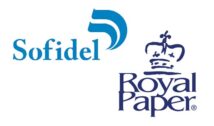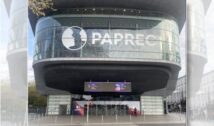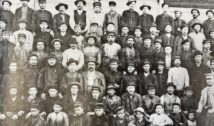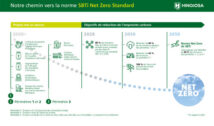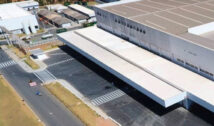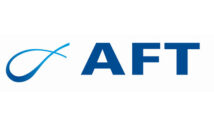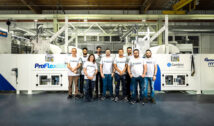
On October 1st, 2020, Amina Ghorbel defended her doctoral thesis of the Université Grenoble Alpes, prepared under the supervision of Professor Marc Aurousseau, Associate Professor HDR Nathalie Marlin and Associate Professor Agnès Boyer (Grenoble INP-Pagora / LGP2).
She presented the results of her research work entitled Ozone-reactive flotation: impacts on papermaking ability – processes, fibers and effluents – of lignocellulosic fiber suspensions. The objective of this study is to increase the knowledge of the effect of ozone introduced as a reactive gas in the flotation process on the performance of printed papers deinking as well as on the paper properties of recycled cellulosic fibers (physical and optical properties, paper process-ability).
Trials with high ozone dosages (2.97 % based on the mass of fibers) were carried out in a pilot laboratory flotation cell (15 L). Several mixtures of recovered papers were studied:
- a mixture of 50 % magazines and 50 % newspapers;
- two wood-free recovered lignocellulosic fiber pulp models (mechanical pulp content lower than 15 %) to limit the yellowing effect of ozone on lignified fibers;
- a wood-free industrial blend of 90 % office papers and 10 % magazines.
Tap water and a model process water were used to dilute the fibers before deinking. For a better understanding of the ozone reactivity, trials were also carried out on the two types of water, in the absence of fibers.
The main advantages of the reactive ozone flotation process are:
- the strong reduction of the soluble COD in the effluent, up to 63% compared to air flotation in the case of trials with industrial papers, using model process water;
- 1 point increase in fiber yield;
- the conservation or improvement of the paper properties of recycled fibers.
Ozone reacts preferentially with soluble contaminants so that the fibers are not affected. This process is very suitable for the deinking of wood-free printed papers.
RELATED NEWS
Are you ready to explore tannin – our new possibility?
April 15, 2025
New Strategic Partnership for GAW technologies in France
April 4, 2025
Andritz to acquire A.Celli
April 3, 2025
CEO of Metsä Board Corporation to change
April 2, 2025
Roquette Receives the Ecovadis Gold Medal
April 2, 2025









